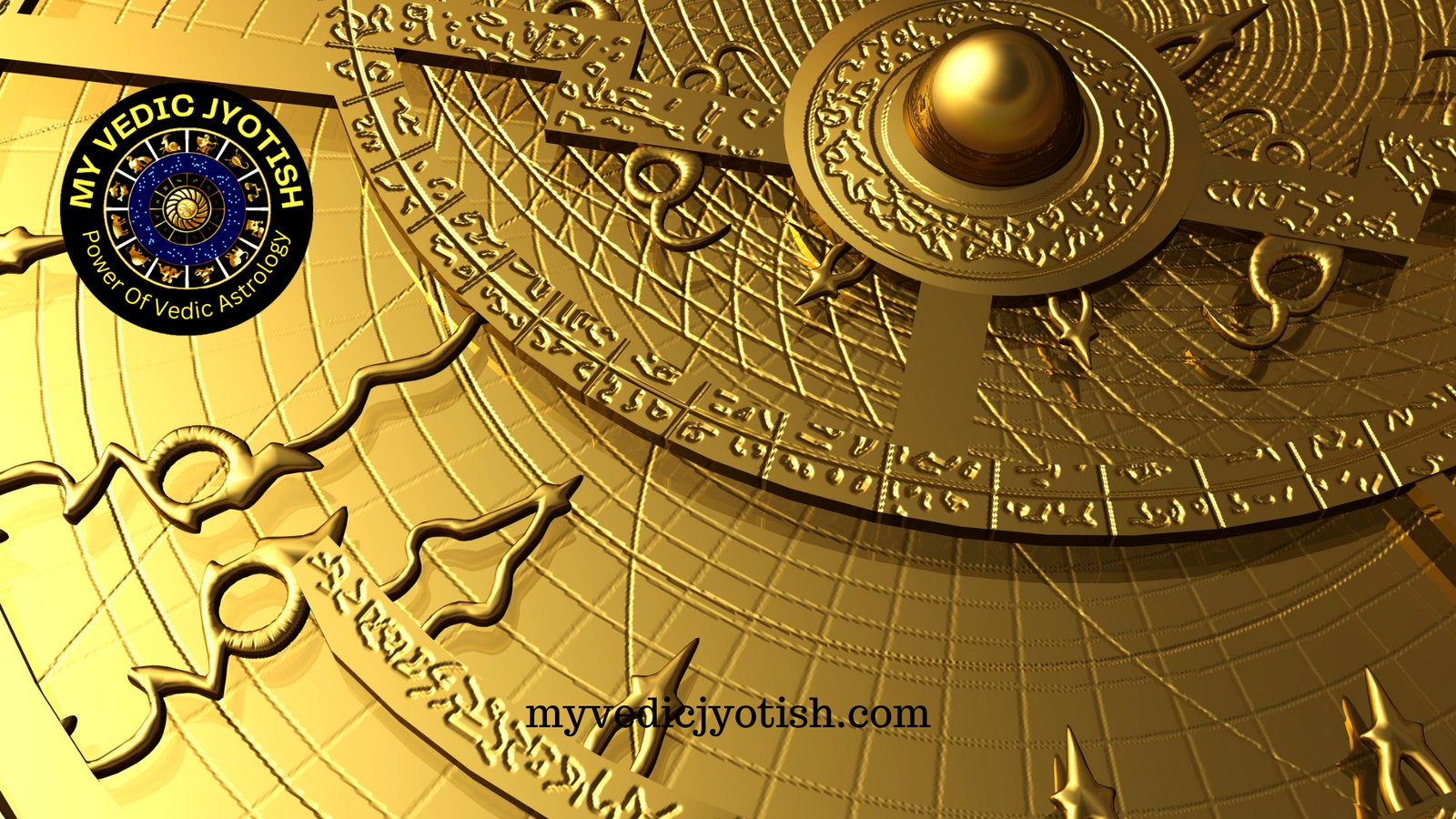1.1 Introduction Vedic astrology, also known as Jyotish, is an ancient astrological system that originated in the Indian subcontinent. It has a rich history that dates back thousands of years, deeply intertwined with the cultural, spiritual, and philosophical traditions of the region. This chapter delves into the background and origins of Vedic astrology, exploring its significance and enduring relevance.
1.2 Historical Context Vedic astrology finds its roots in the Vedas, the ancient sacred scriptures of India. The Vedas are a vast body of knowledge encompassing a wide range of subjects, including astronomy, philosophy, rituals, and astrology. They were composed of sages and seers known as Rishis, who sought to understand the mysteries of the universe and its connection to human life.
1.3 Vedic Astrology in the Vedas The Rigveda, the oldest of the four Vedas, contains hymns that refer to astronomical phenomena and celestial bodies. The Yajurveda and Atharvaveda also contain references to astrology and its significance in guiding human affairs. These references highlight the recognition of astrology as a valuable tool for understanding the cycles of life and predicting events.
1.4 Astrology in Ancient Texts Vedic astrology further flourished in ancient texts such as the Brihat Parashara Hora Shastra, a comprehensive treatise on astrology attributed to the sage Parashara. This text serves as a foundational guide, outlining the principles, calculations, and predictive techniques of Vedic astrology. Other important texts include the Jaimini Sutras, Phaladeepika, and Saravali.
1.5 The Role of the Planets and Nakshatras Central to Vedic astrology are the nine planets, also known as Navagrahas. These celestial bodies, including the Sun, Moon, Mars, Jupiter, Saturn, Mercury, Venus, Rahu, and Ketu, are believed to exert influence on various aspects of human life. The 27 Nakshatras, or lunar mansions, are also integral to Vedic astrology, dividing the zodiac into smaller segments and adding depth to interpretations.
1.6 Astrological Techniques and Tools Vedic astrology employs a range of techniques and tools for analysis and prediction. Birth charts, also known as horoscopes or Kundalis, are constructed based on an individual’s date, time, and place of birth. These charts provide a snapshot of the planetary positions at the time of birth and serve as a blueprint for analyzing various life areas.
1.7 The Significance of Karma and Free Will Vedic astrology acknowledges the concept of karma and the interplay between fate and free will. It suggests that while individuals may be influenced by planetary energies and karmic patterns, they can make conscious choices and shape their destinies. Vedic astrology serves as a guide, empowering individuals to make informed decisions and navigate life’s challenges.
1.8 Cultural and Spiritual Significance Vedic astrology holds great cultural and spiritual significance in the Indian subcontinent. It is deeply intertwined with religious rituals, festivals, and auspicious timings for important life events such as weddings, naming ceremonies, and housewarming. It serves as a bridge between the cosmic and the terrestrial realms, fostering a sense of interconnectedness and harmony.
1.9 Contemporary Relevance Despite the passage of time, Vedic astrology continues to thrive and evolve. It has garnered global interest and recognition, with practitioners and enthusiasts worldwide embracing its wisdom and insights. In today’s modern age, Vedic astrology provides a holistic framework for understanding human potential, relationships, and life’s purpose.



